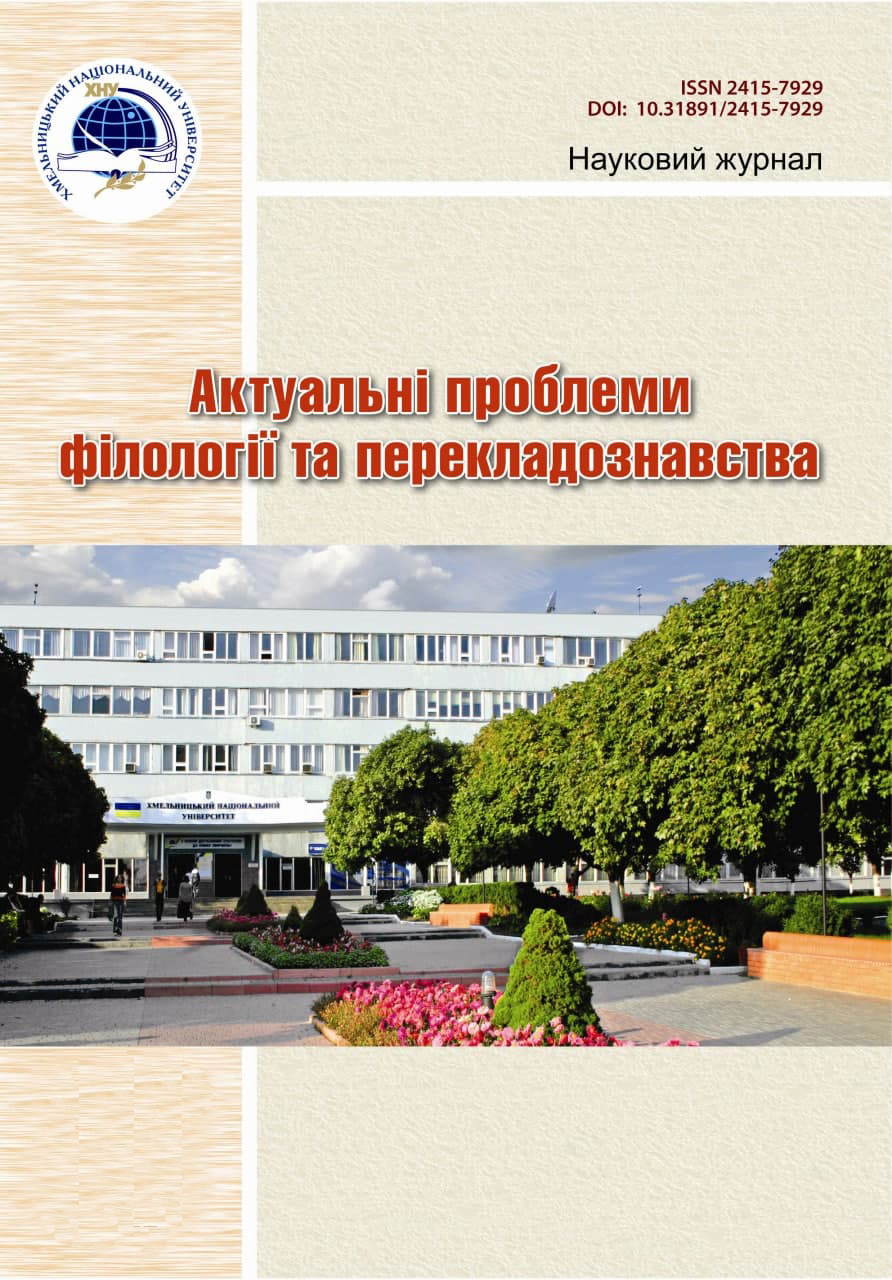THE SPECIFICITY OF FUNCTIONING OF PREPOSITIONAL-SUBSTANTIVE TEMPORATIVES CONTAINING PREPOSITIONS OF PHASE SEMANTICS IN TEXTS OF MODERN DOCUMENTS
DOI:
https://doi.org/10.31891/2415-7929-2024-30-9Keywords:
secondary preposition, document, prepositional-substantive unit, semantics, syntaxeme, document textAbstract
The article is focused on the characteristics of prepositional-substantive structures with temporal meaning, which are assumed to bare an exclusive role in the system of lingual means used in the compilation of the text of the document. Those temporatives, built with secondary temporal prepositions embracing lexemes «beginning», «end», «middle» and substantives of indirect cases, regularly function in the texts of modern business papers, thus manifesting the semantics of the starting / final action marks or signify time equidistant from the initial and endpoints on the time axis, is a productive means of time semantics realization. The genetic connection of secondary prepositional units with the parts of speech from which they derived has been traced. A number of prepositional-substantive structures with the semantics of the initial action mark, as well as those that explicate the meaning of the action unfolding in the final internal mark, are analyzed; the paradigms of such prepositional-substantive units were singled out. The emphasis is put on opposite temporatives which include the lexeme «beginning», the meaning of temporal precedence and temporal succession. It has been established that the meaning of variation of prepositional-case temporal units is directly related to their lexical content. A parallel is drawn between syntaxes with prepositions of phase semantics and structures whose prepositional equivalents have not «yet lost the status of occasional formations». The specific semantic characteristics of those relative prepositional-case temporal compounds, which should be taken into account when compiling the texts of business papers, are distinguished in order to choose the most appropriate and most suitable ones from the available range of lingual tools for the correct and objective transmission of information in modern documents.
Downloads
Published
Issue
Section
License
Copyright (c) 2024 Людмила ДЕРЕВ’ЯНКО, Ольга МІЗІНА (Автор)

This work is licensed under a Creative Commons Attribution-NonCommercial-NoDerivatives 4.0 International License.

